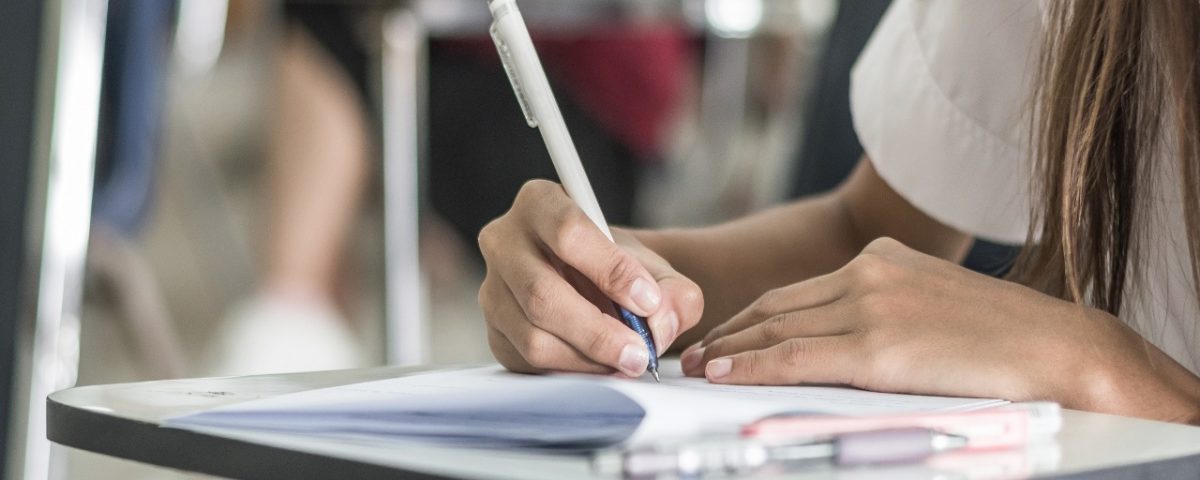The Importance of Special Needs Education in 2018
The Importance of Special Needs Education in 2018








Students’ needs are changing. Let’s meet them head on.
In 2014-2015, the number of students ages 3-21 receiving special education services in the US rose to 6.6 million — that’s 13 percent of all public school students, and several hundred thousand more students requiring special services than did in 2012-2013. This doesn’t necessarily mean more students are struggling with diagnoses or learning disabilities — it simply means that fewer young people learn in ways that comply with standard American educational systems.
The Individuals with Disabilities Education Act (IDEA) was enacted in 1975, and mandates the provision of an appropriate public school education for students ages 3-21. And while the largest percentage of students who qualify for IDEA have a “specific learning disability” — or disorder in which at least one basic psychological process involved in the understanding or use of language results in the imperfect ability to listen, think, speak, read, write, spell, or do mathematical calculations — the reality is that many students who require special education have “invisible” disabilities: anxiety disorders, ADHD, depression, etc. Such students are often academically gifted, but have special needs that prevent them from excelling in a typical classroom setting.
The problem with the variance in what classifies a student as “special needs” is that most public schools do not have the resources necessary to accommodate each of them individually. This leaves many gifted and otherwise learning-differentiated students without the individualized resources needed to thrive.
Special Needs Education Is Falling Short
Graduation rates for students with disabilities remained flat at 63 percent in 2014, compared to the all-time high of national graduation rates at 82 percent that same year. In Georgia, Nevada, and Mississippi, graduation rates for students with disabilities were half that of their peers.
This is not entirely a result of disability: this is a result of an educational system that is not engineered to encourage individualized teaching methods. It’s a result of standardized, test-driven methods that discourage children who think and learn differently than their peers. While public school special education programs may intend to adapt teaching methodology and delivery instruction to meet the needs of each child, most public schools simply don’t have the resources to effectively do this.
Yet the importance of offering personalized, engaging educational programs for these students cannot be overemphasized. Learning-disabled students who graduate high school are more likely than their dropout counterparts to spend their early adult years in higher education or training for a job, and are also three times less likely to get in trouble with the law.
Creating Alternative Environments for Unconventional Learners
With the number of students who require specialized academic solutions on the rise and a growing void in how the public education system is able to serve them, it’s never been more important to create varied alternative educational environments where every student can succeed. Oliverian students are a diverse set of learners — all are capable, but some are working to accommodate formal diagnoses, while others may simply not have found their place within the confines of mainstream educational programs.
As a nonprofit boarding school committed to capable students who have struggled in more traditional settings, Oliverian offers nontraditional and special needs students the kind of personal, individualized instruction they need in order to thrive. With an average class size of seven, and nearly one staff member per student, Oliverian provides its students with the level of care, support, attention, and individual education that they need to discover and develop their strengths.
Oliverian offers traditional prep-school caliber education, but one that is tailored to each student’s needs. In addition, Oliverian provides a highly experiential milieu that fosters the skills, confidence, responsibility, and independence they need to transition successfully to college and life.
Many students who struggle in traditional school environments can find their place and thrive — in school and beyond. With 6.6 million American students formally identified as needing an alternative learning environment, there is an enormous untapped pool of future entrepreneurs, innovators, influencers, creatives, and thought leaders who could shape our world in years to come.
We just need to reach them.
